Arborsculpture Gardens: How To Make A Living Tree Sculpture
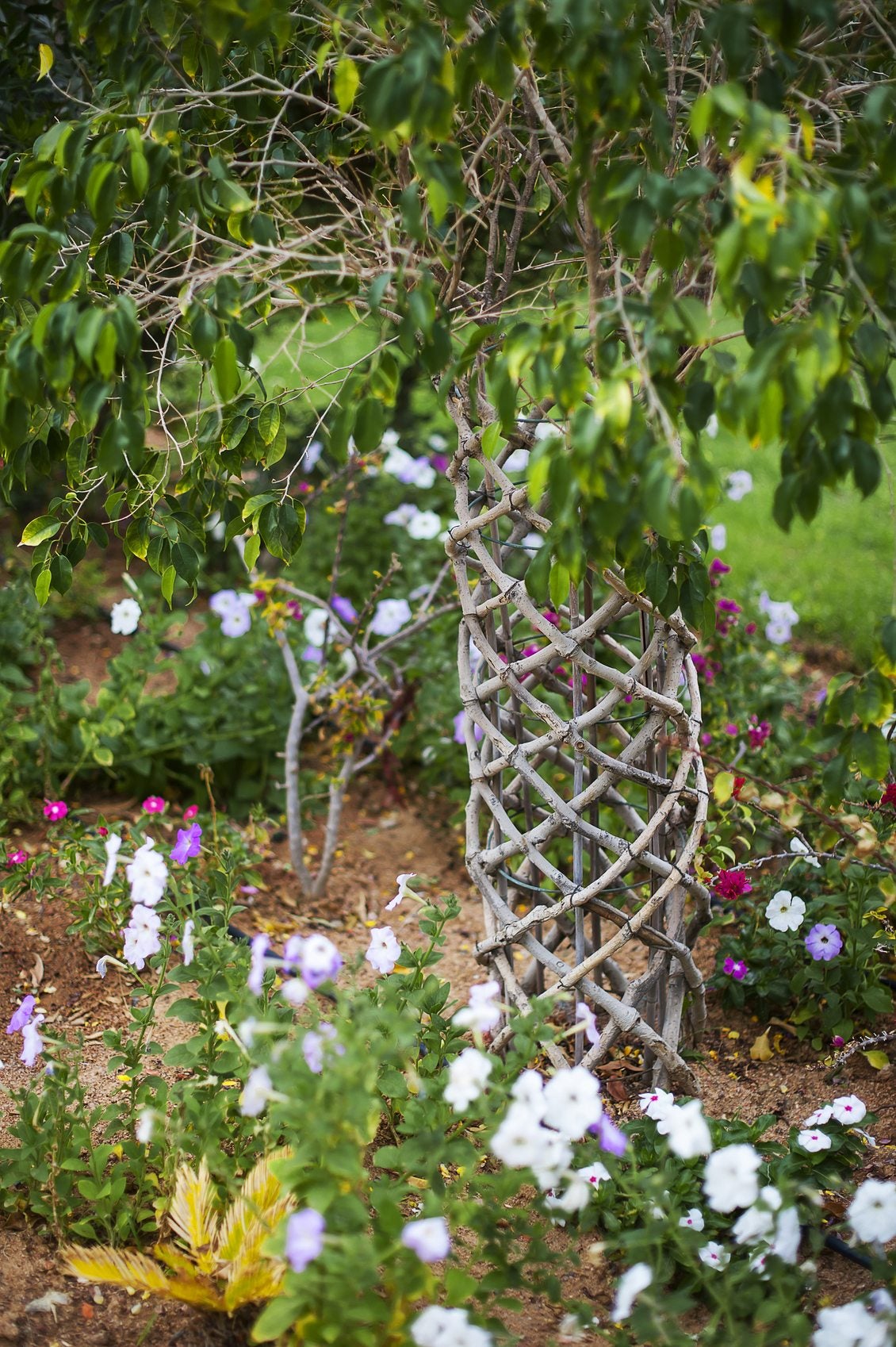

Dreamy gardeners often view their landscapes as living art. Arborsculpture techniques can make those fantasies come true by providing form and eco-art in its purest form. What is arborsculpture? It is a series of gardening practices that combine grafting, bending, and training of living plants, usually trees. The techniques require time and expertise but even a novice can perform simple arborsculpture methods for unique, personalized living garden art.
What is Arborsculpture?
You may think that a living tree sculpture is an impossible dream, but professional arborists and eco-artists have perfected the techniques for centuries. Formal gardens of the past used to include many forms of plant training, from espalier to topiary. Tree training arborsculptures is simply a larger project using those techniques as well as grafting and pleaching. The finished project may take years or even decades, so it is not a task for the impatient. Arborsculpture gardens allow the imagination to run wild and one’s inner child to come out to play. There are many classic forms of tree shaping but almost anything may be made. Some examples of the practice include living chairs or even a boat. The shapes are developed over time with careful training and grafting as well as knowledge of how the chosen tree species tend to grow. Modern interest in the craft spiked in the late 1940s when Axel Erlandson became fascinated with tree shaping and eventually went on to shape nearly 70 trees into intricate knots, curves, spirals, zigzags, and other forms. The location was known as Axel’s Tree Circus and was a famous tourist destination until his death.
Arborsculpture Techniques and Tools
Tree training arborsculptures is a demanding practice. You must start with young trees when the branches are still pliable.
- One of the main techniques is grafting or joining two pieces of living plant material together so that they grow into a single plant. The technique allows new material to join the main trunk and create specific curves or angles.
- Another procedure is espalier, which combines simple training methods like staking and tying with the knowledgeable direction of side shoots and main stems.
- Bonsai and topiary art forms are also included in a living tree sculpture.
The tools necessary are stakes, string or twine, wire, tree tape, pruners, saws, loppers, and sometimes a chainsaw. For grafts, you may need to do bridge grafts or simple grafts called approach grafts. If you are tempted to try this method yourself, you will need to do some planning. Choose your tree carefully. Plants that grow quickly will allow the finished product to come to fruition more rapidly, but they also require constant vigilance to prevent errant growth that will spoil the end result. A tree with moderate growth allows you the time to investigate the form and make adjustments as needed. Unbranched 6 to 8 foot (2 m.) tall saplings are ideal. Some of the most popular trees to use are:
Next, you will need to write out a plan for your design. Take into consideration the natural growth pattern of the plant and see what you can do with that for a simple, beginner project. Plant the tree or trees in an ideal location for good growth. Now begins the grafting process, which will begin to shape the tree into the forms you desire. You can also begin by simply bending the branches into the shapes necessary to develop your design. This is the easiest approach unless you are versed in grafting. Use stakes, cables, twine, etc. to help the branches stay in place as they are trained. As you can see, arborsculpture gardens don’t come about overnight. It takes years of patience and toil to see the fruits of your labor in their full glory, but the process will be instructive, creative, and fun.
Gardening tips, videos, info and more delivered right to your inbox!
Sign up for the Gardening Know How newsletter today and receive a free copy of our e-book "How to Grow Delicious Tomatoes".

Bonnie Grant is a professional landscaper with a Certification in Urban Gardening. She has been gardening and writing for 15 years. A former professional chef, she has a passion for edible landscaping.
-
 Looking For Plants To Give You The Soft And Fuzzies? Try These 5 Fuzzy Leaf Plant Options
Looking For Plants To Give You The Soft And Fuzzies? Try These 5 Fuzzy Leaf Plant OptionsLovers of texture, drama, silver foliage and tactile plants will adore these special sensory garden additions. These fuzzy leaf plant options will leave you all aglow
By Susan Albert
-
 Get Ready For A Summer Of Hummers! Grow These Full Sun Hummingbird Plants and Flowers
Get Ready For A Summer Of Hummers! Grow These Full Sun Hummingbird Plants and FlowersIf you’re lucky enough to enjoy a sunny backyard, make sure you are maxing out on your pollinator opportunities and grow these full sun hummingbird plants and flowers
By Tonya Barnett
-
 Best Trees For Carbon Sequestration And Climate Change
Best Trees For Carbon Sequestration And Climate ChangeLet’s keep planting trees. They are our best bet for capturing carbon and may help with our global warming issues.
By Teo Spengler
-
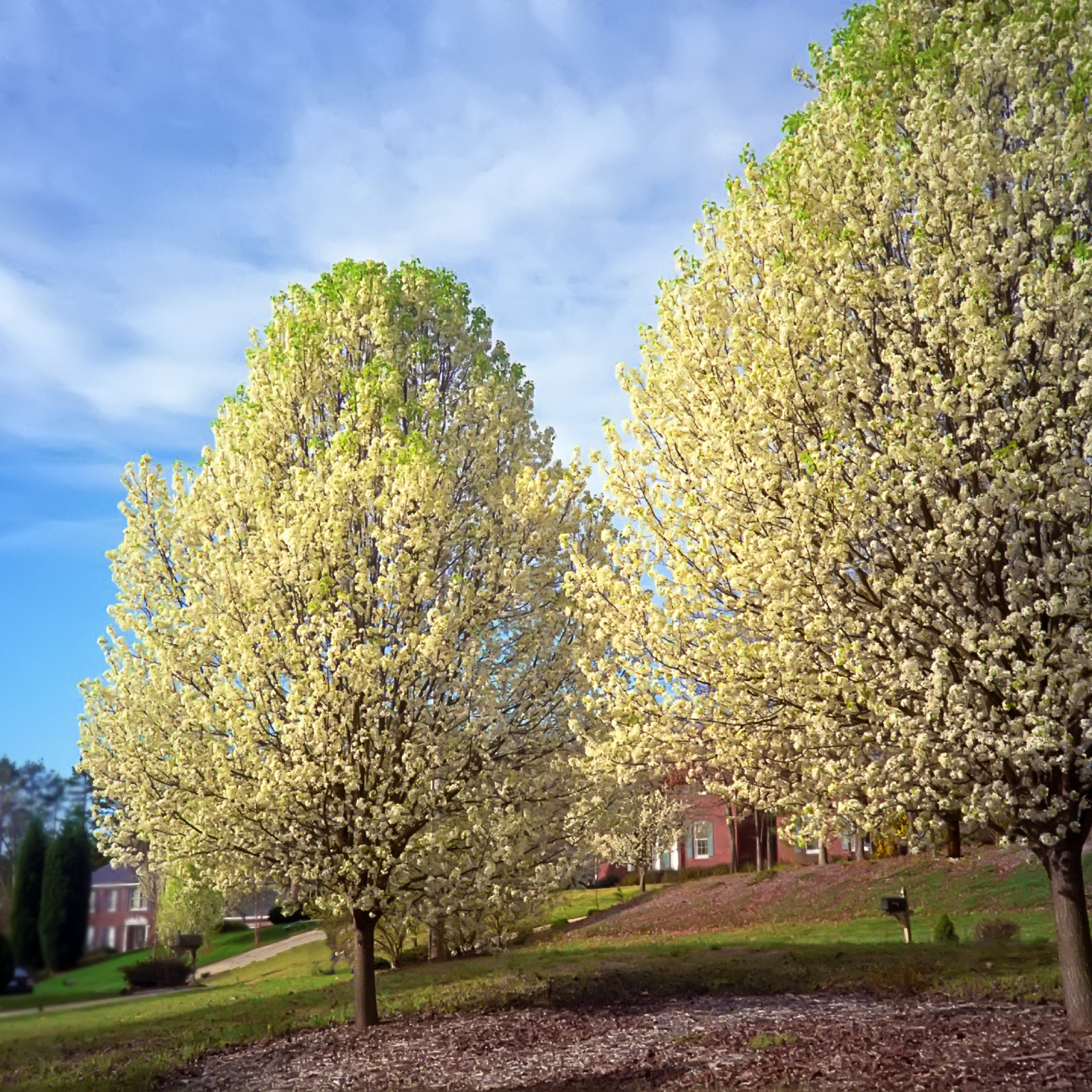 7 Invasive Trees You Should Never Plant In Your Yard Or Garden
7 Invasive Trees You Should Never Plant In Your Yard Or GardenWhat are some invasive trees you should never plant in your yard? Click here to find out.
By Teo Spengler
-
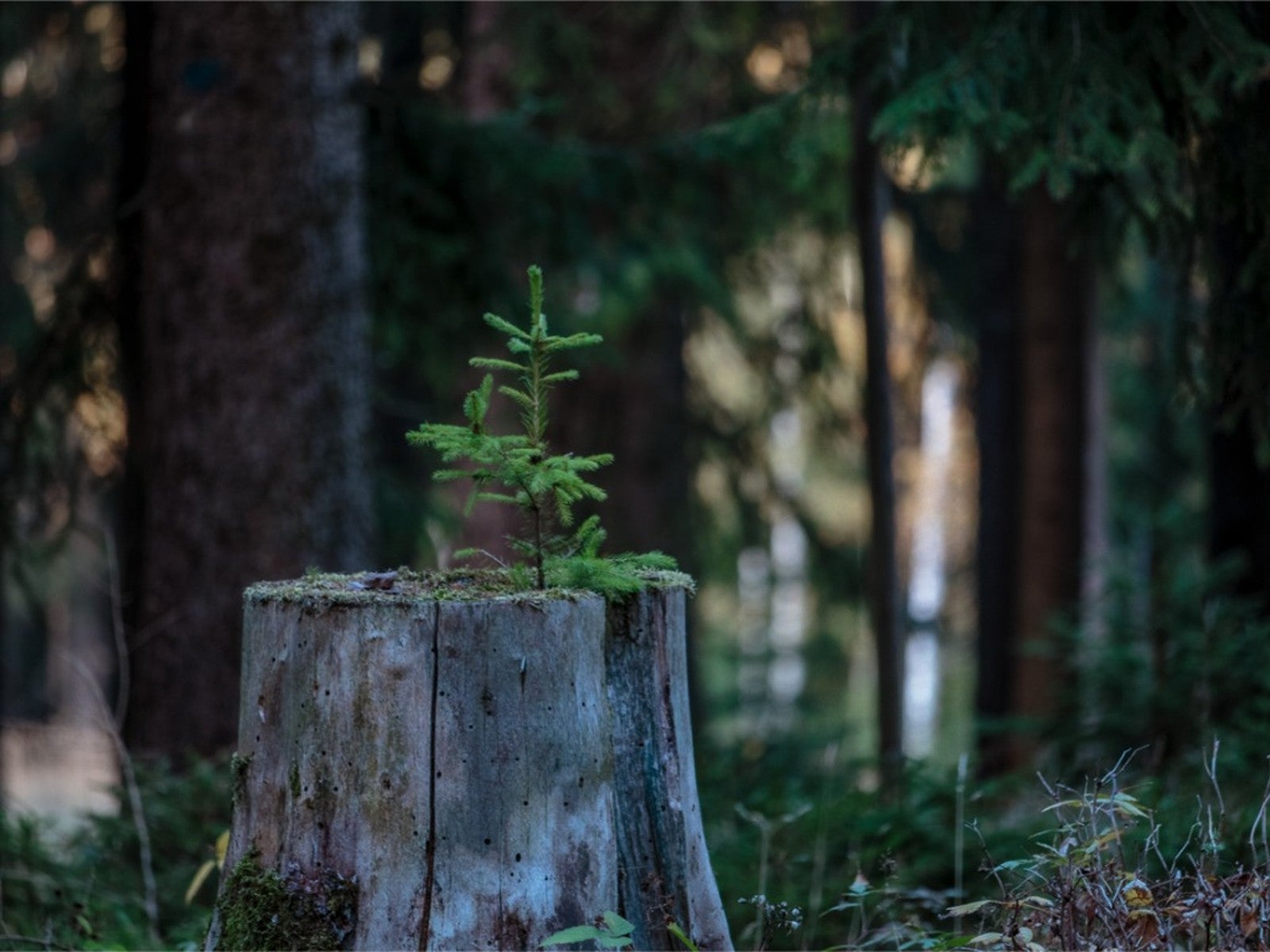 How Close Can You Plant A Tree To A Stump?
How Close Can You Plant A Tree To A Stump?Looking to plant new trees near old stumps or where stumps have been removed? Click here to learn how.
By Teo Spengler
-
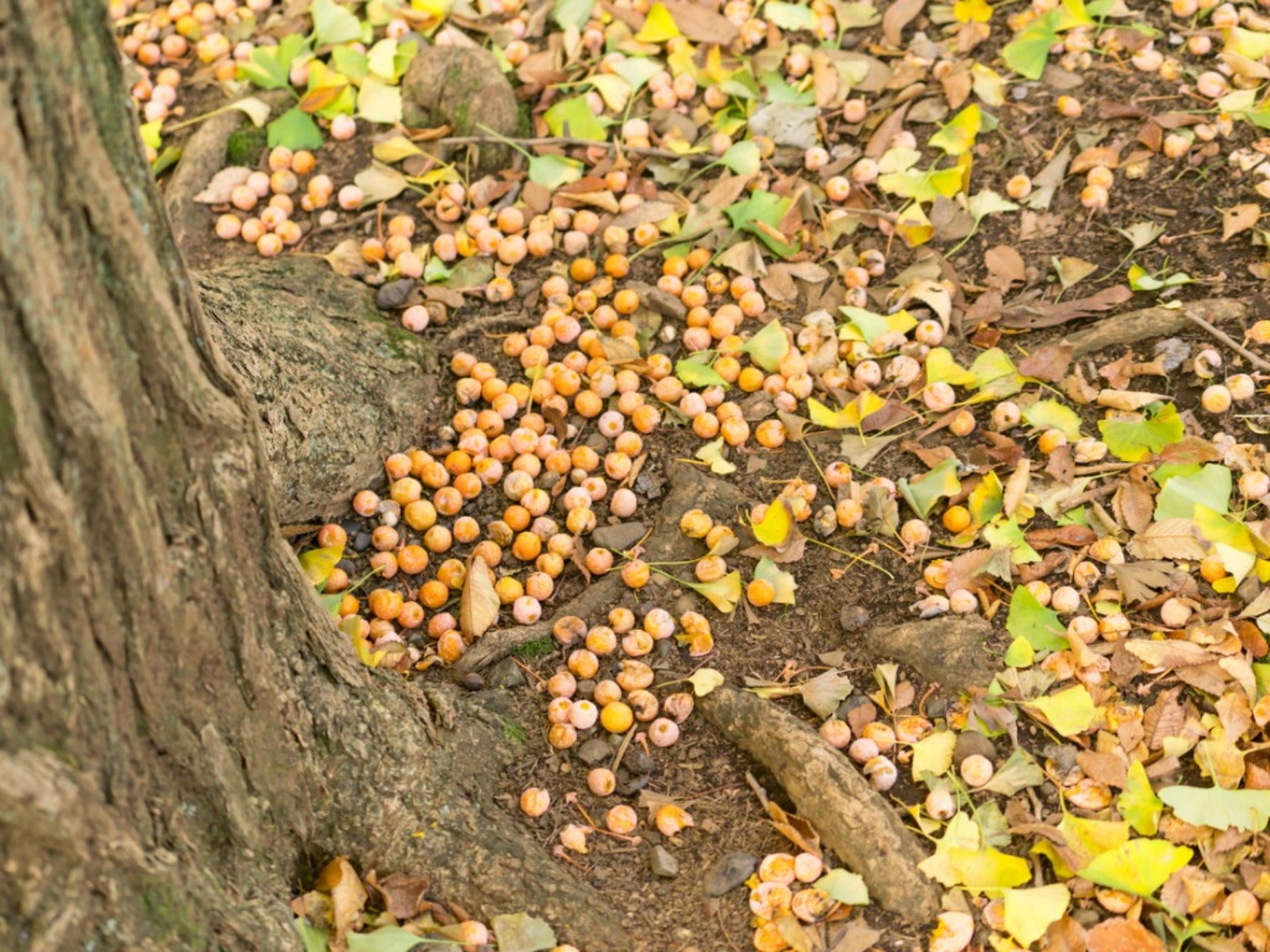 Messiest Trees That Drop Debris Everywhere
Messiest Trees That Drop Debris EverywhereWant to know which trees will create the biggest messes in your home landscape? Click here to find out.
By Amy Grant
-
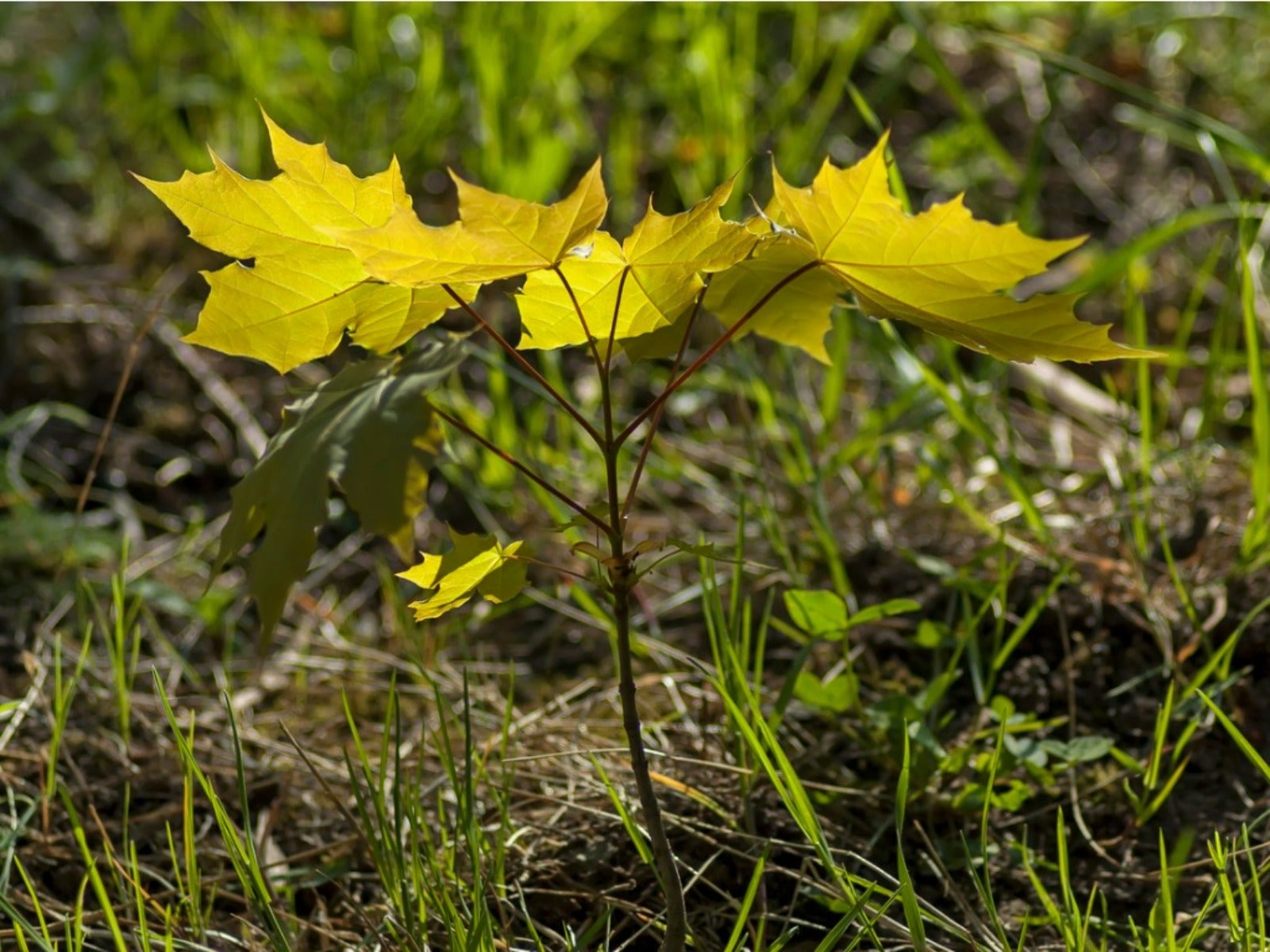 How To Get Rid Of Tree Sprouts In The Yard From Nearby Trees
How To Get Rid Of Tree Sprouts In The Yard From Nearby TreesLearn the simple way to keep pesky tree seedlings in your lawn from becoming saplings.
By Teo Spengler
-
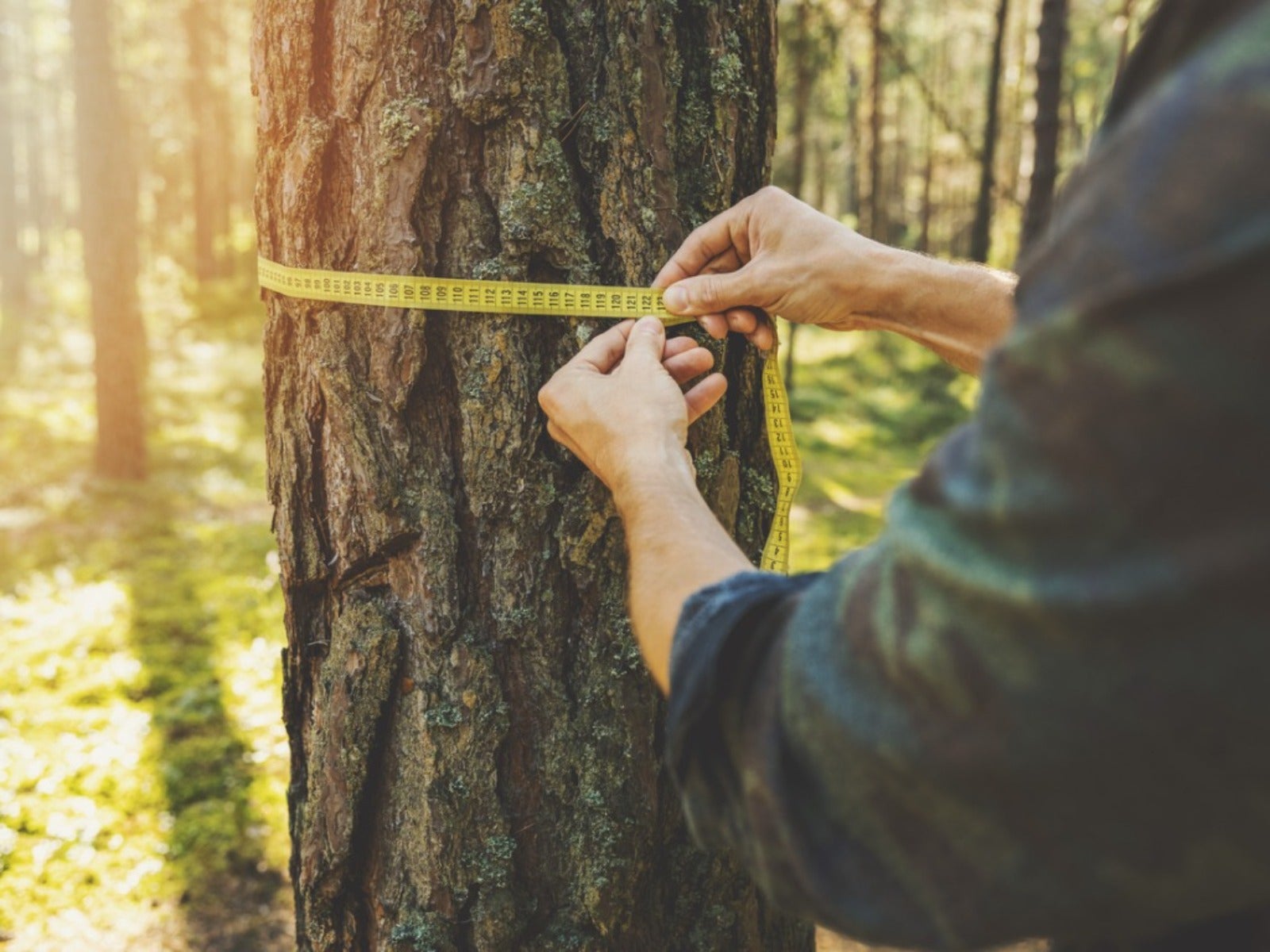 How To Tell How Old A Tree Is
How To Tell How Old A Tree IsEver wondered how to calculate the age of a tree? Click here to learn all about it.
By Teo Spengler
-
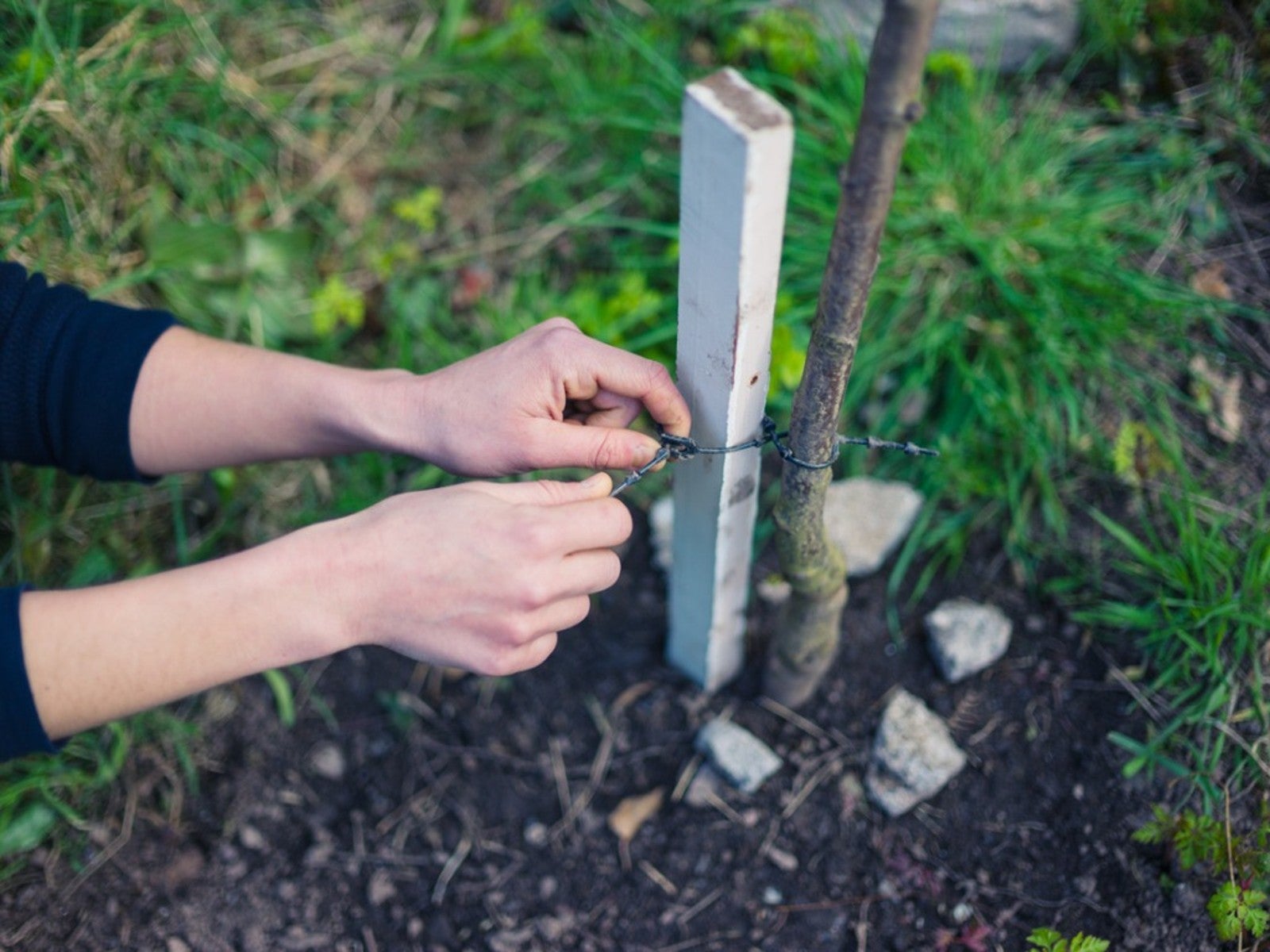 When To Remove Tree Stakes From Saplings
When To Remove Tree Stakes From SaplingsA newly planted tree may grow strong when it’s staked, but don’t forget to remove the stakes when it’s stable.
By Teo Spengler
-
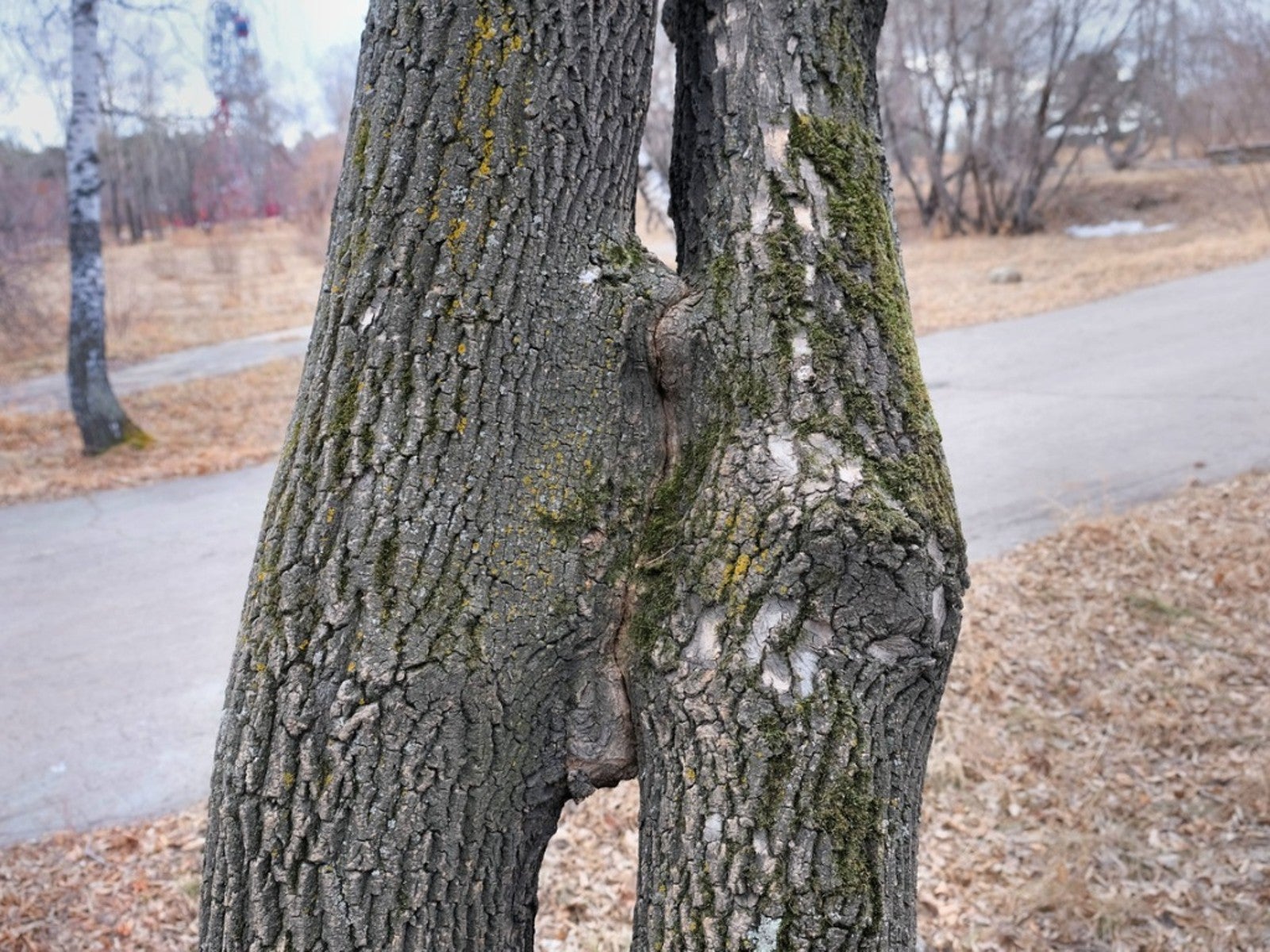 Inosculation And Trees Growing Together
Inosculation And Trees Growing TogetherIf you ever see two trees that have bonded and grown together, read here to learn why and how it happens.
By Teo Spengler